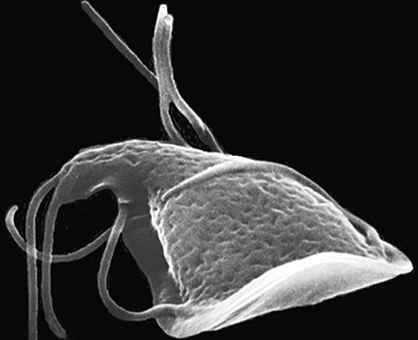|
|
|
| Major sources of water pollution | |
|
Major sources of water pollution |
|
|
6. Sediment
Sediment is soil particles carried to a streambed, lake, or ocean, can also be a pollutant if it is present in large enough amounts. Soil erosion produced by the removal of soil-trapping trees near waterways, or carried by rainwater and floodwater from croplands, strip mines, and roads, can damage a stream or lake by introducing too much nutrient matter. This leads to eutrophication. Sedimentation can also cover streambed gravel in which many fish, such as salmon and trout, lay their eggs. |
|
 |
7. Infectious Organisms
People get sick annually in the world because of organisms in their drinking water, and some people die. Many disease-causing organisms that are present in small numbers in most natural waters are considered pollutants when found in drinking water. Such parasites as Giardia lamblia and Cryptosporidium parvum occasionally turn up in urban water supplies. These parasites can cause illness, especially in people who are very old or very young, and in people who are already suffering from other diseases. |
|
8. Thermal Pollution
Water is often drawn from rivers, lakes, or the ocean for use as a coolant in factories and power plants. The water is usually returned to the source warmer than when it was taken. Even small temperature changes in a body of water can drive away the fish and other species that were originally present, and attract other species in place of them. Thermal pollution can accelerate biological processes in plants and animals or deplete oxygen levels in water. The result may be fish and other wildlife deaths near the discharge source. Thermal pollution can also be caused by the removal of trees and vegetation that shade and cool streams. |
|